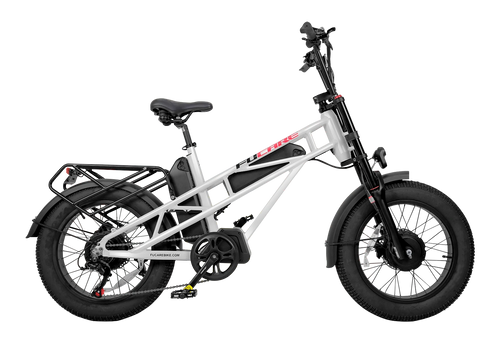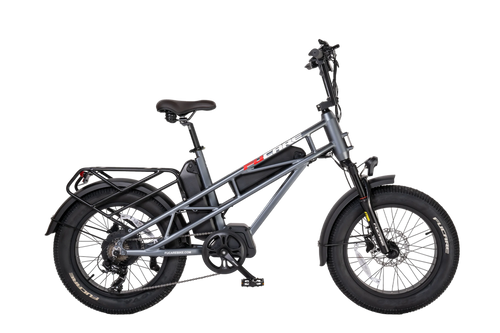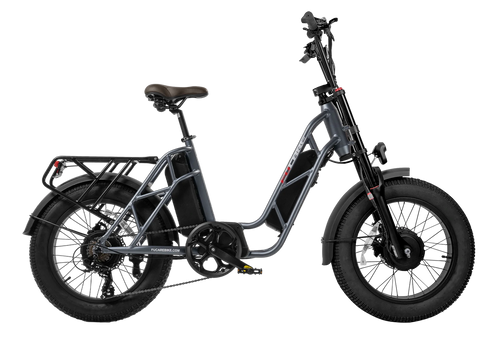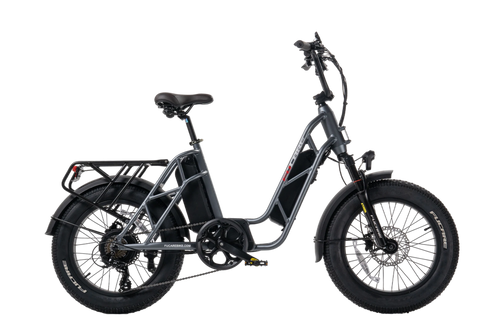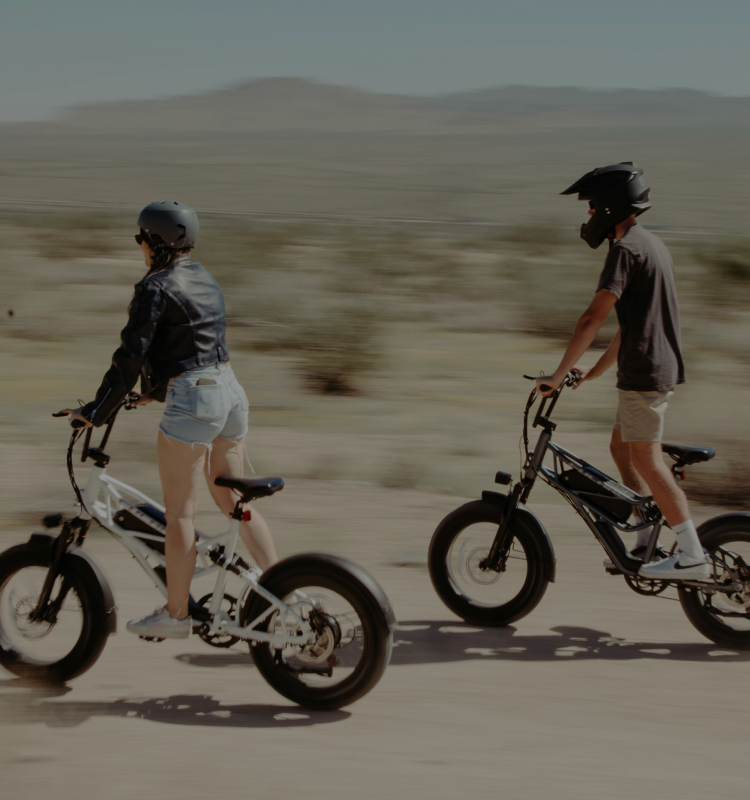Do You Have To Pedal An Electric Bike
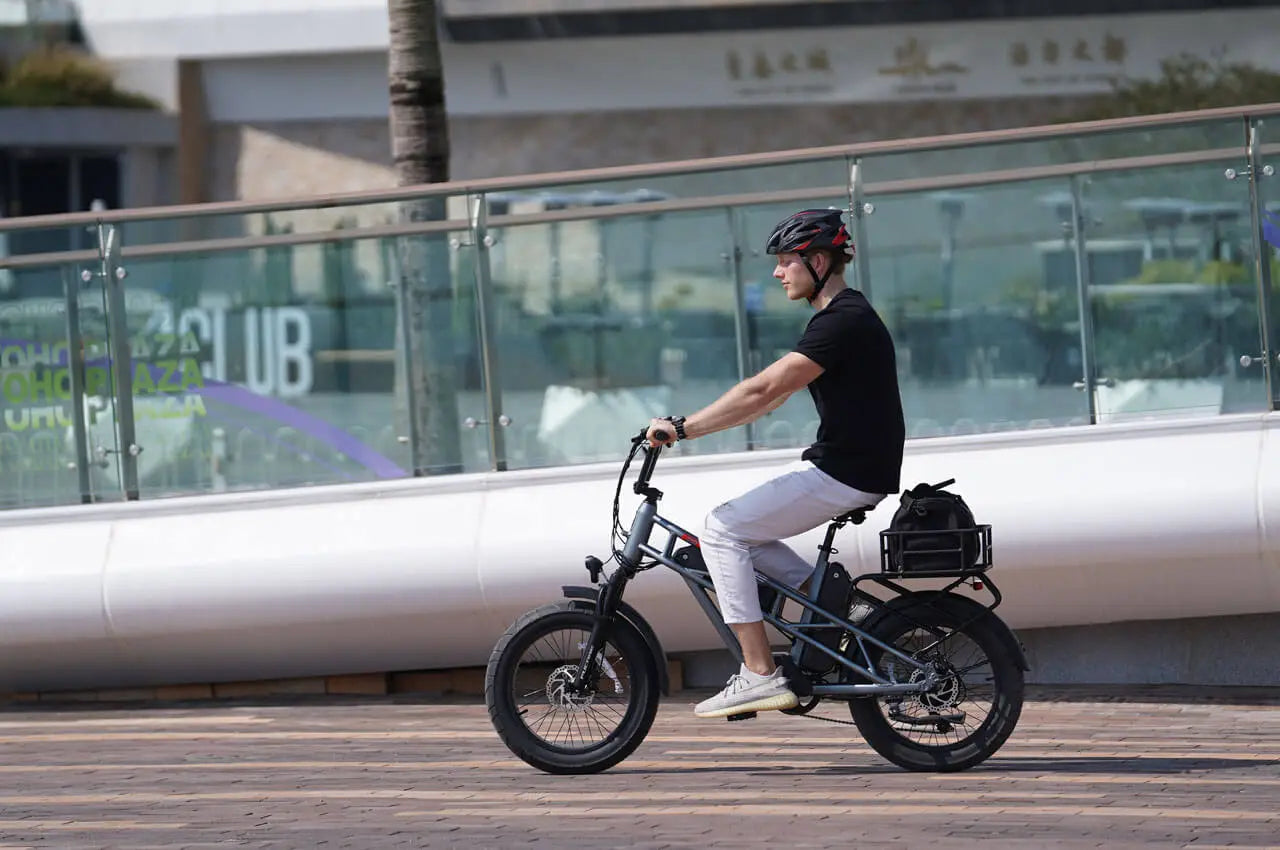
Electric bikes have surged in popularity in recent years. They offer an enticing blend of human and electric power, making cycling more accessible and enjoyable for a wider range of riders. One of the frequently asked questions by prospective and new e-bike riders revolves around this: do you have to pedal an electric bike?
The answer, like many things in life, is not a simple yes or no. It depends on the specific type of e-bike and its features. Let's delve deeper into the fascinating world of e-bikes and explore the different pedaling requirements.
Do You Have To Pedal An Electric Bike?
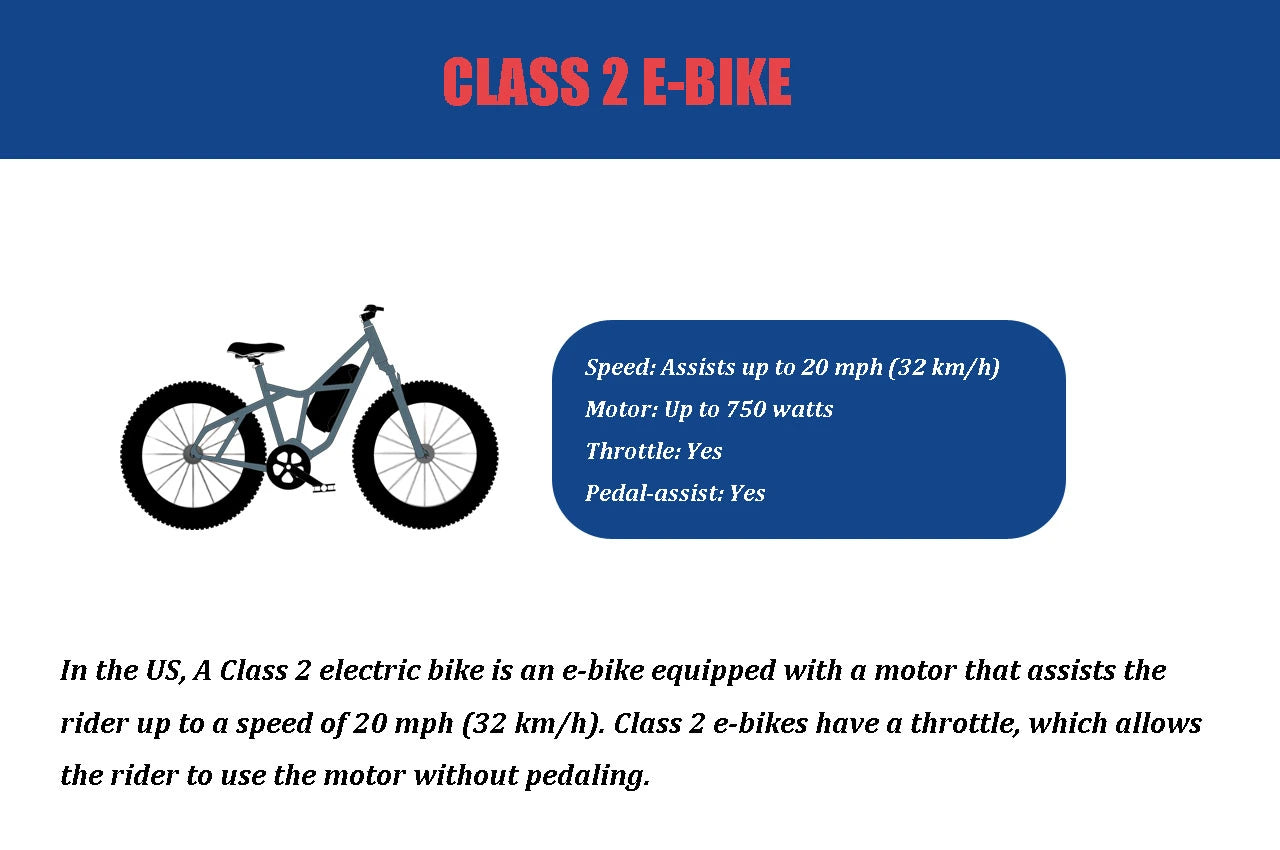
The answer is some. Whether you need to pedal depends on classes of electric bike you’re using.
In most US states, there's a specific class for throttle-controlled electric bikes: Class 2. These e-bikes allow you to cruise at speeds up to 20mph using just a twist or thumb throttle on the handlebars, without any pedaling required. It's worth noting that regulations around throttle-controlled Class 3 e-bikes can vary by state, with some states permitting them and capping their throttle-controlled speed at 20mph.
These throttle-controlled e-bikes are what many manufacturers produce, and they typically come equipped with both a throttle and pedal-assist functionality. This flexibility lets you choose between using the motor for assistance while pedaling or simply powering the bike entirely with the throttle, for a moped-like experience.
On the other hand, Class 1 e-bikes are all about pedal-assist. They lack throttles, so you'll need to be pedaling for the motor to kick in and provide extra power. This makes them a suitable option for riders who want to get a workout with a little electric boost.
You May Want to know How Do Electric Bikes Work?
How Fast Does An Electric Bike Go Without Pedal?
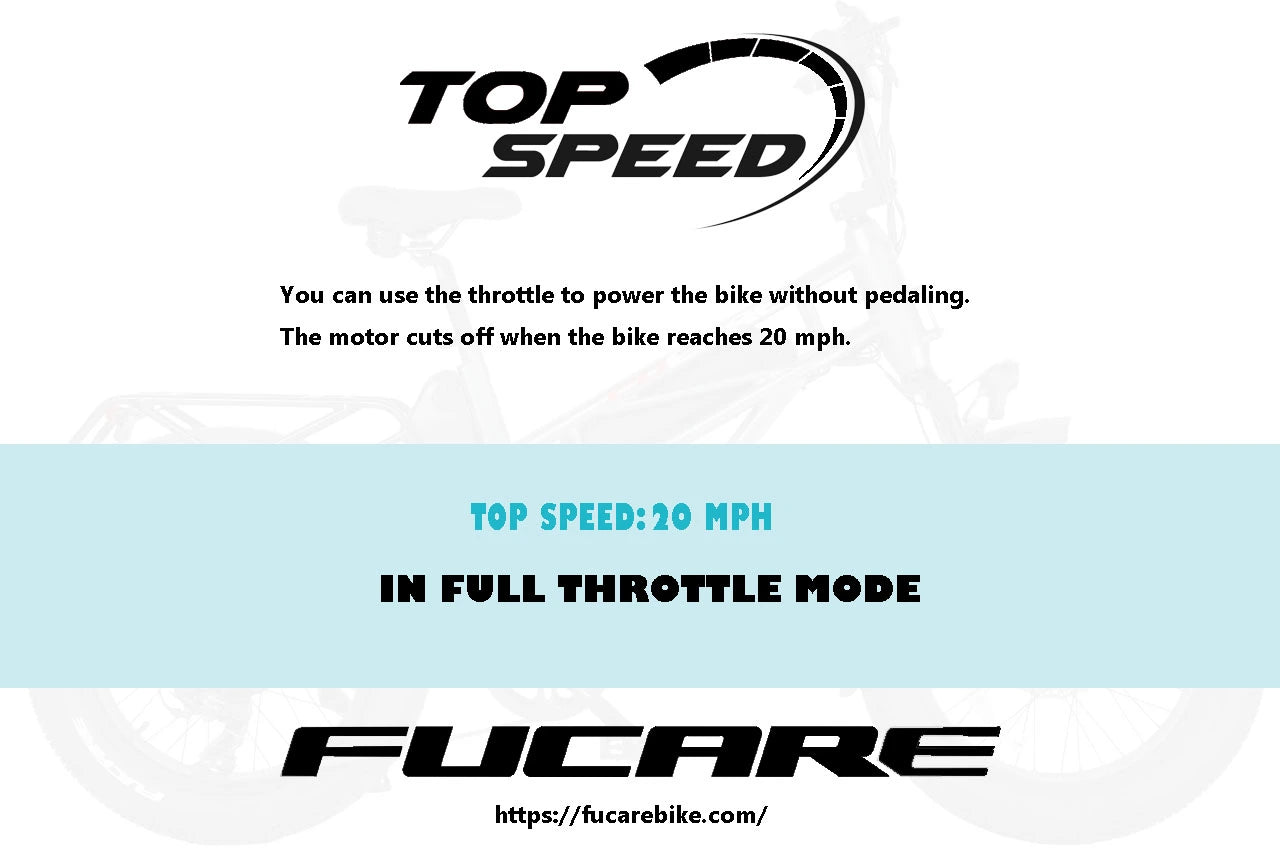
Under regulations, the speed of an electric bike using the throttle alone is restricted to 20 mph. This limitation is imposed to ensure safety on the roads, aligning the performance of ebikes with the traffic flow and legal standards set for such vehicles. Beyond ensuring safety, this speed cap also plays a crucial role in defining the class of the ebike, which can affect where it may be legally ridden, such as on certain trails or bike paths that restrict higher-speed electric vehicles.
The impact of motor size on an ebike's throttle-only speed is quite substantial. Motors are generally available in a range of wattages, with 250 watts, 500 watts, and 750 watts being common. A motor rated at 250 watts might find it challenging to achieve the 20 mph threshold if not assisted by pedaling. The lower power output simply lacks the thrust required to overcome resistance and maintain higher speeds, particularly on inclines or against strong winds.
In contrast, bikes equipped with 500-watt or 750-watt motors exhibit a significantly different performance profile. These more powerful motors can propel an ebike to 20 mph using only the throttle, offering a no-pedal solution for riders. This capability not only enhances convenience but also increases accessibility for those who may prefer or require a ride with less physical exertion.
Learn more about How Fast Does An Electric Bike Go
Can an Electric Bike Have No Pedals?
According to the CPSC, for a vehicle to be classified as a low-speed electric bicycle, it must have a motor with a maximum power output of no more than 750 watts. Additionally, it should not be capable of exceeding a top speed of 20 mph when powered solely by the motor, without pedaling. These specifications are intended to ensure that electric bicycles remain within the performance boundaries of traditional bicycles, particularly regarding their interactions with other road users and the infrastructure designed for non-motorized bikes.
But hold on a sec, there's more to the story. These E-bikes need to tick a few extra safety boxes too. They must have pedals that you can actually use for propulsion, not just decoration, and come equipped with specific lighting and braking systems to ensure you're visible and can stop swiftly when needed.
Electric bikes that exceed these specifications fall under the classification of motorcycles or mopeds and must adhere to further regulations, including those pertaining to their use, registration, and obtaining the necessary licenses.
Can You Ride an Electric Bike Like Without Pedal Assist?
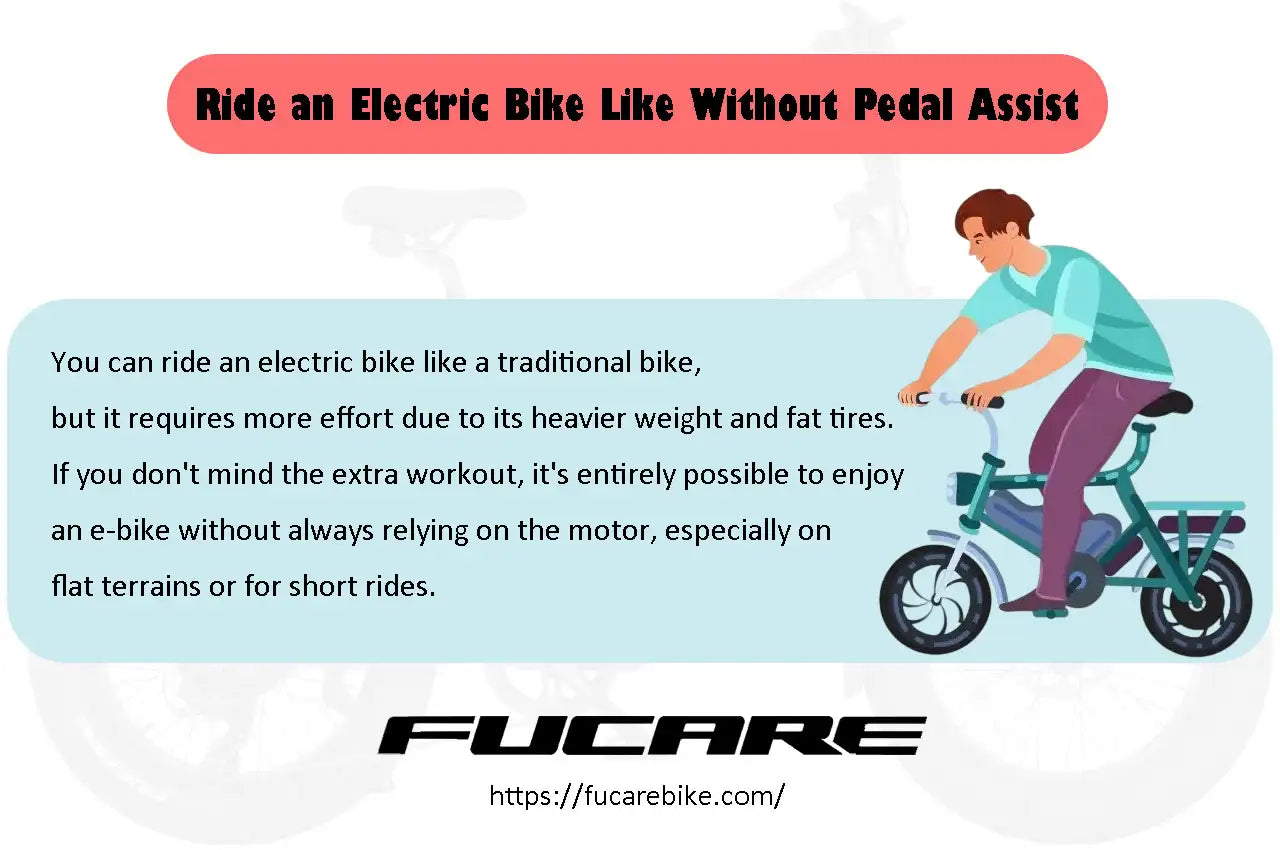
The answer isn't straightforward and really depends on the ebike you're using. When it comes to the motor, there’s generally no issue; nearly all electric bike motors are designed with a freewheel mechanism. This means they don’t create any drag when the motor is off and you're just pedaling, allowing for a ride that feels similar to that of a non-electric bike.
However, the main challenges are the bike’s weight and the type of tires it uses.
Electric bikes tend to be a bit heavier than their traditional counterparts. This additional heft can be attributed to the motor, battery, and sometimes a sturdier frame designed to handle the extra weight and potential for higher speeds. Lugging around this extra bulk means your legs will have to work a little harder to get you going, especially when starting from a standstill or tackling inclines.
Additionally, many electric bikes are equipped with fat tires. These wide, squishy tires offer a smoother ride and increased stability, particularly on rough terrain. However, their larger surface area also means more friction against the ground, translating to a bit more effort required to keep them rolling, especially on paved surfaces.
Overall, you can ride an electric bike like a traditional bike, but it requires more effort due to its heavier weight and fat tires. If you don't mind the extra workout, it's entirely possible to enjoy an ebike without always relying on the motor, especially on flat terrains or for short rides.
What about Fucare?
Once, Continuing from where the battery gave out, I pedaled on. Yes, the Fucare Gemini X is heavy, especially at 80 pounds, plus the added weight of my gear, but I found that the Fucare doesn’t have as much resistance when pedaling without the PAS active.
Rode it for about 5k with dead batteries – thankfully it was mostly flat ground. But let me tell you, it was quite a workout. Those were honestly a pain to pedal without PAS. Pushing through, the bike’s design seemed to help compensate for the extra weight, making the ride slightly easier than expected, though still a hefty challenge. My legs were screaming by the end. Next time, lighter load for sure, or maybe a double-check on that battery charge.
Continue reading
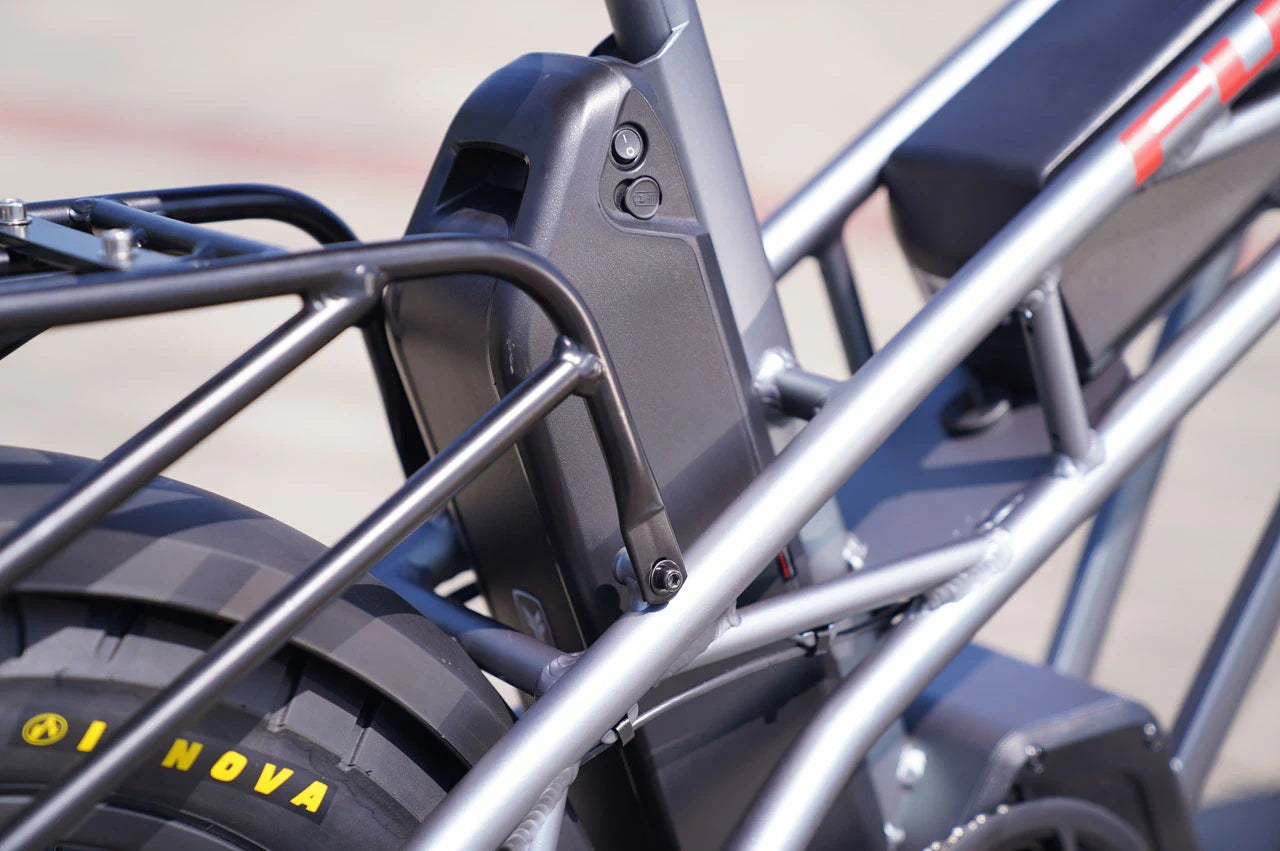
How Long Do Ebike Batteries Last?





